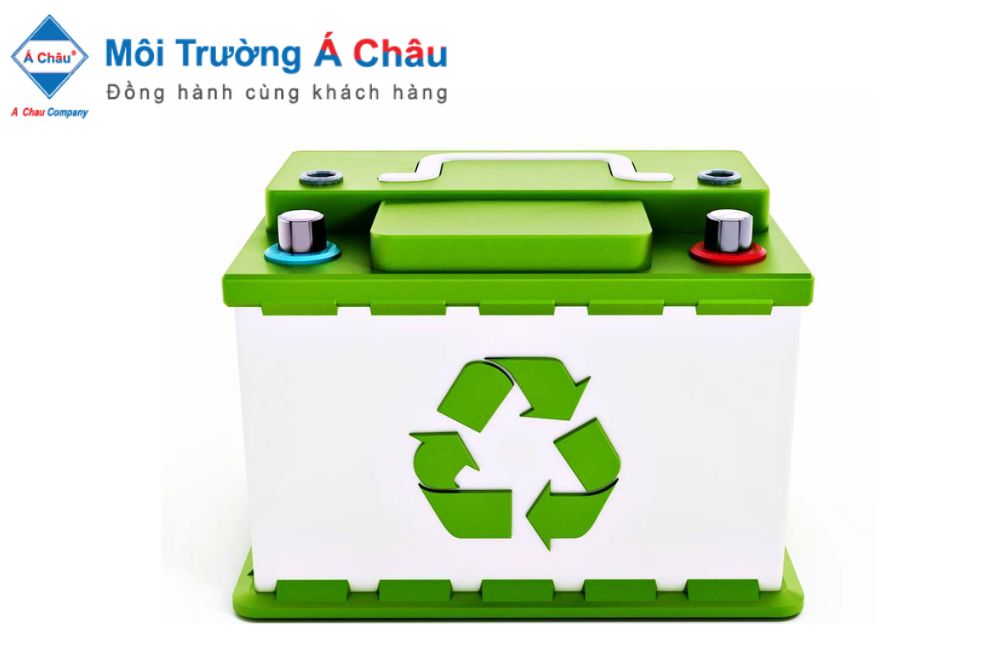Offering 3 methods of important keys to decrease plastic waste!
World Wide Fund For Nature (WWF Vietnam), in partnership with the Ministry of Natural Resources and Environment (MONRE) and the Vietnam Agency of Seas and Islands (VASI), has just released a study on the State of plastic trash creation in Vietnam in 2022. According to the research, plastic waste is steadily growing, especially in Ho Chi Minh City (HCMC) and Hanoi.
 Reduce plastic waste, which is harm microplastic inside the soil (Photo)
Reduce plastic waste, which is harm microplastic inside the soil (Photo)
Vietnam's plastic waste volume has risen in recent years, with daily output reaching 8.021 tons in 2021, equivalent to 2.93 million tons/year. Urban areas ~4,460 tons/day, while rural areas ~3,561 tons/day, equivalent to 1.3 million tons/year.
Mekong Delta and Southeast are the top regions in the country for plastic waste generation, with higher per capita waste generation indexes than other areas. Urban areas have a uniform per capita plastic waste generation index of 40 - 50 kg/person/year, and coastal provinces also generate more plastic waste than mountainous areas.
Ho Chi Minh City, the most populous city in Vietnam, has the largest amount of plastic waste, with an average daily amount of 1,068 tons. In 2021, the capital (Hanoi) recorded 738 tons per day. Tourist cities and major economic centres also have higher plastic waste per capita. Ho Chi Minh's population wastes an average of 43kg/person/year, compared to 41kg/person/year in Binh Duong, 44kg/person/year in Ninh Thuan, and 40kg/person/year in Quang Ninh.
The report by experts suggests that the rise in plastic waste is linked to socio-economic trends, people's needs, and consumption habits. Single-use plastic usage is increasing, particularly among young people. However, the rate of plastic waste collection and recycling could be higher, leading to significant ecological loss due to low recycling rates.
The 2021 data shows that plastic waste volume is 6,581 tons/day, equivalent to 2.4 million tons/year, with 18% uncollected. The rate of plastic waste collection varies significantly between rural and urban areas and provinces/cities, with the Northern Midlands, Central Highlands, and Mekong Delta having a lower rate of collected waste.
Most plastic waste is treated through burial or incineration, and recycling rates are low. In 2021, recycled plastic waste was 0.89 million tons/year, but only 0.77 million tons/year were recycled, resulting in 10% of the volume lost during the recycling process.
The lack of nationwide collection of plastic waste results in a daily volume of 1,152 tons, equivalent to 420,373 tons per year, increasing the risk of environmental pollution and affecting human health and living creatures.
Scientists have proposed 03 priority solutions to reduce plastic pollution: minimising plastic use, collecting, segregating, and recycling plastic, and raising awareness about the ecological issue of plastic products.
The research team emphasises the importance of reducing plastic waste, as most domestic waste is made up of plastic packaging. They propose implementing solutions such as limiting production and use, imposing taxes on non-degradable plastic products, and promoting eco-friendly use, as these products are difficult to decompose.
Solutions proposed include limiting the distribution of plastic packaging and disposable products to customers, such as trays, food containers, bowls, and chopsticks, and promoting the reuse of plastic components in eating utensils, such as glasses, cups, knives, and forks, to reduce environmental impact.
Accommodation establishments, tourist areas, and services are reducing the use of plastic bags and disposable personal hygiene products, while households and consumers are shifting from using plastic items to using other tools.
The research team emphasises the detrimental impact of plastic waste on the environment, biodiversity, and human health, suggesting that all sectors, including water, businesses, and communities, must implement synchronised measures to address this issue.
Source: According to the Department of Environmental Pollution Control - Southern Environmental Monitoring Center, "Offering 3 methods of important keys to decrease plastic waste!" posted on March 18, 2024, see link: https://scem.gov.vn/vi/tin-tuc-trung-tam/chu-truong-chinh-sach/de-xuat-3-nhom-giai-phap-uu-tien-de-giam-thieu-chat-thai-nhua-1133.html,accessed June 26, 2024.













